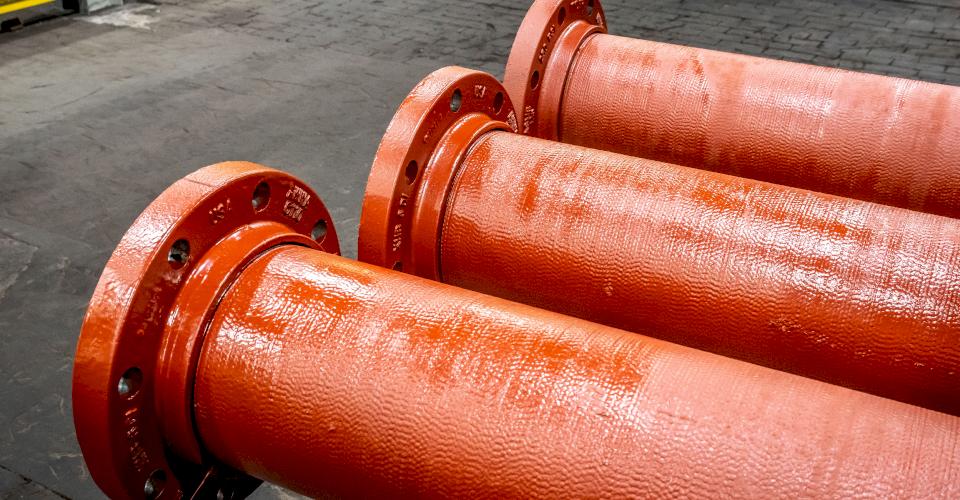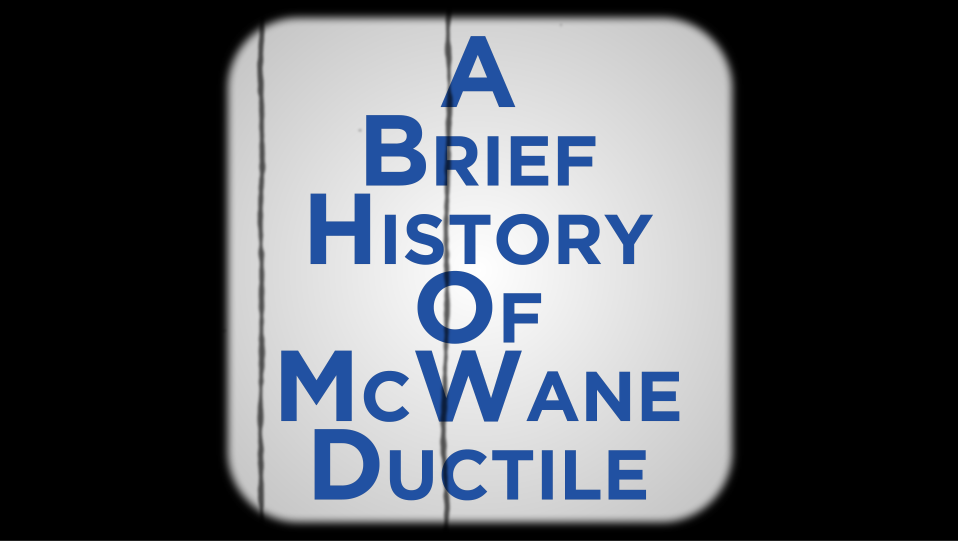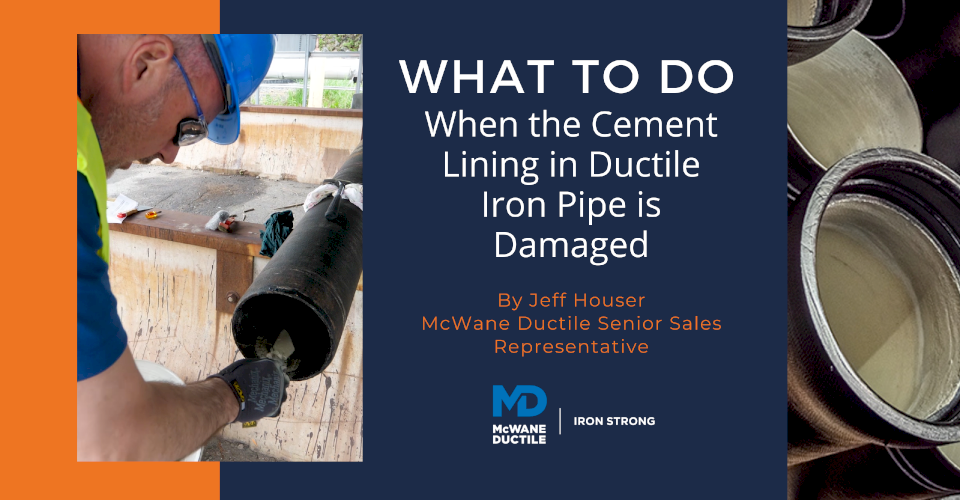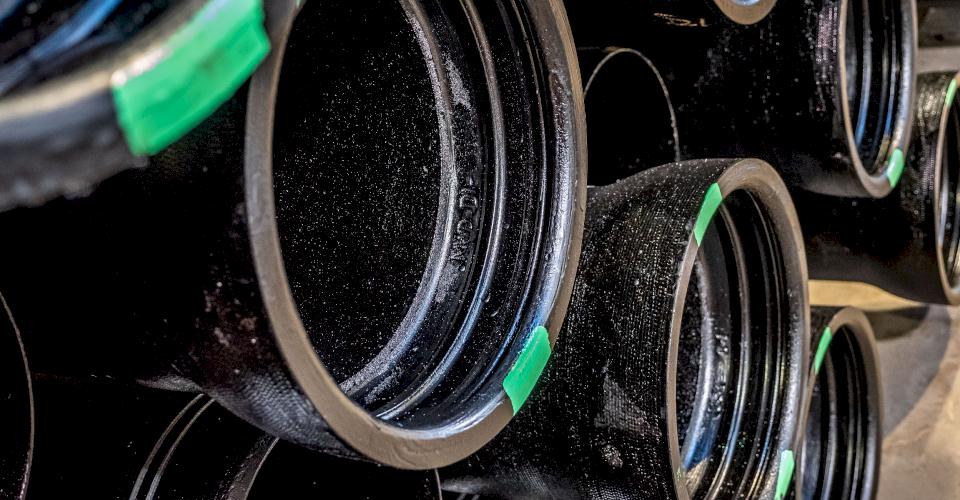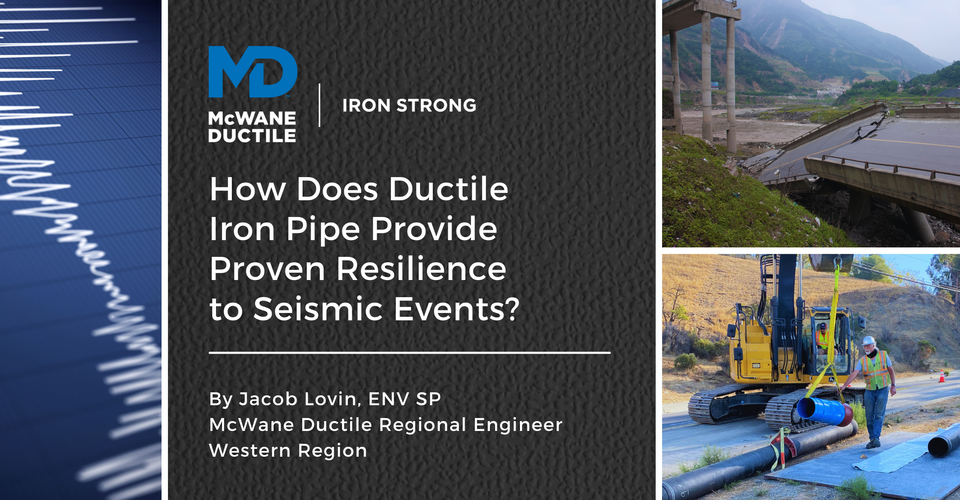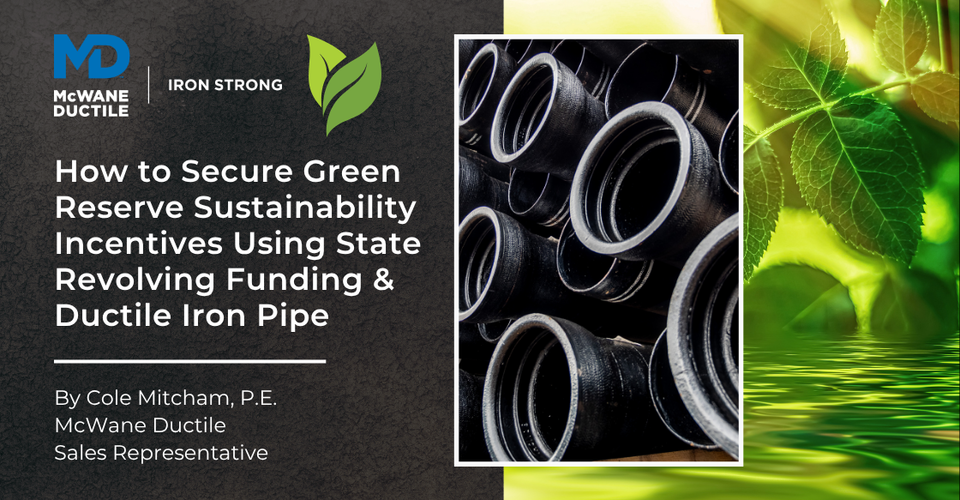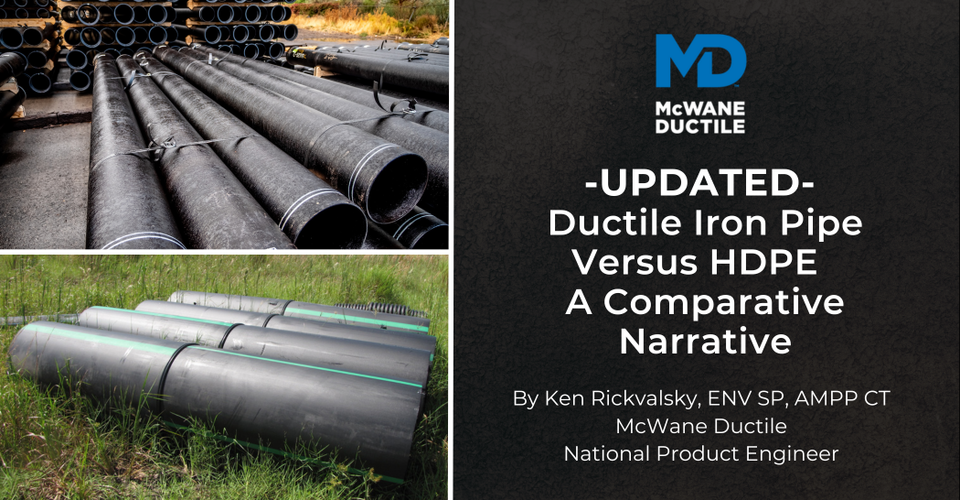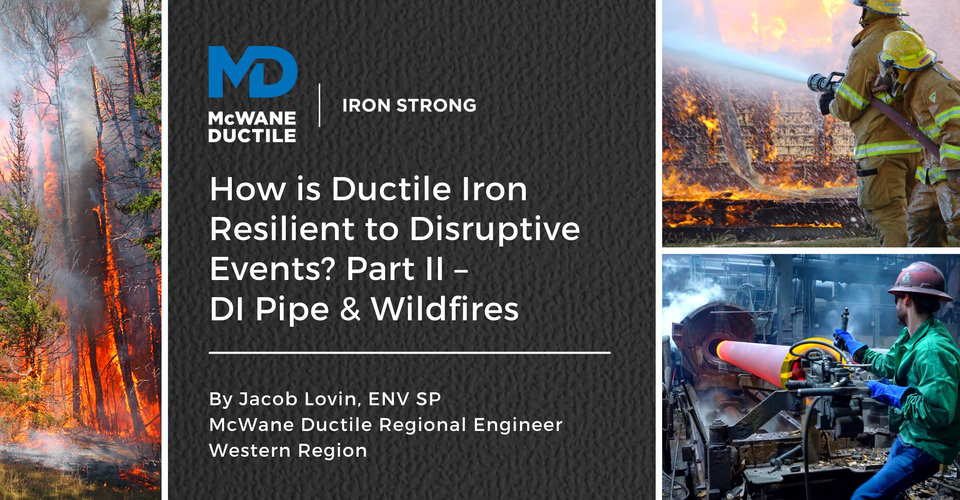-
Why Use V-Bio® Polyethylene Instead of Standard Polyethylene Tubing?
03/09/2019 In Products TechnicalThe more than 75 years of ongoing research on iron pipe corrosion and the use of polyethylene encasement has led to this type of corrosion mediation becoming the accepted industry practice for protecting ductile iron pipe. So, the question many may ask is; “Since I had such success with standard polyethylene encasement, why should I now use V-Bio Polyethylene Encasement instead?” To best answer this, it’s imperative to look at what specifically V-Bio provides that is not available with standard polyethylene encasement.
-
Can McWane Ductile Provide Bonded Coatings?
02/21/2019 In Products Services TechnicalCan McWane Ductile provide bonded coatings? A good question recently posed and more frequently asked due to a greater recognition of potential corrosive environments. To correctly address this question, some other questions need to be answered first.
-
Iron Strong Since 1871: A Brief History of McWane Ductile
02/05/2019 In Our Company ProductsFor generations, McWane Ductile has been an industry leader in the manufacture of water distribution and infrastructure products. The history of McWane Ductile, a family owned company, has beginnings dating back as early as 1871, when Charles Phillip McWane entered the foundry business in Lynchburg, Virginia, with his sons Harry and James Ransom (JR).
-
TR Flex® Versus Mechanical Joint - Why TR Flex® Fittings Are The Smart Choice
01/22/2019 In Installation Products TechnicalWhen designing or constructing ductile iron pipe utility projects, there is often a discussion of about what joint to use for restraint at the fittings - TR Flex® fittings or the more common Mechanical Joint (MJ) fitting with retainer glands?
As a contractor or engineer, what is important to you? Time, flexibility, or cost? Let me guess, you want all three. Below we will look at some of the items to consider that may assist you in this decision.
-
Does McWane Ductile Offer Product Training?
12/21/2018 In Installation Products Services TechnicalMcWane Ductile offers multiple services for our customers extending far beyond manufacturing ductile iron pipe. From design to installation, we take great pride in providing education to water professionals throughout the water industry.
-
What Pipe Linings Are Best for Sewer Applications?
11/01/2018 In ProductsArticle last updated 8/12/20
Ductile Iron Pipe is a tested and proven solution to sewer infrastructure needs in America. It’s not a cut and dry solution, though, and you as owners and consulting engineers have several options to choose from.
-
What's the Difference Between Pressure Class and Thickness Class Pipe?
10/12/2018 In Products TechnicalOne thing that has often confused users (whether I’m talking with engineers, distributors or contractors) is the difference between “Thickness Class” and “Pressure Class” pipe. While both refer to a specific metal wall thickness of the pipe barrel, in this article we will discuss the history of the two class standards, and what class of ductile iron pipe you should use in your application.
-
Sure Stop 350® Gaskets vs TR Flex® Pipe: Which Restraint is Best?
09/25/2018 In Installation Products TechnicalThere are several methods for restraining Ductile Iron Pipe joints, and a common question from our customers is, “Which method of restraint is best—locking gaskets or boltless restrained joints?” Both methods are effective, but the best choice for your project depends on the type of installation, the operating pressure of the line, and the diameter of the Ductile iron pipe being used. In this #IronStrong Blog, we will compare two common restraint options offered by McWane Ductile: Sure Stop 350® Gaskets and TR Flex® Pipe.
-
What to Do When the Cement Lining in Ductile Iron Pipe is Damaged
08/08/2018 In Products TechnicalCement-mortar lining for iron pipe has been used for nearly 100 years. The first installation of gray iron pipe with a cement lining was recorded in Savannah, GA in 1922. Todays modern Ductile iron pipe still utilizes cement lining for a safe and reliable means of providing clean drinking water to millions of people every day.
On occasion, however, the cement lining may have incurred some damage in the field. The lining, although very durable, does not have the same resistance to bending stress or impact as the pipe itself. Certainly, the pipe or fitting should be checked for further structural damage, but once determined the affected area is only the cement lining, repairs can be made under the applicable provisions within the ANSI/AWWA C104/A21.4 standard CEMENT-MORTAR LINING FOR DUCTILE IRON PIPE AND FITTINGS.
-
Ductile Iron Pipe Markings: What Do They Mean?
07/24/2018 In ProductsAll ductile iron pipe manufacturers use markings in a similar manner to assist customers in selecting the right material for the project. This includes verifying the material is suitable for the application intended (i.e. water or sewer) as well as adhering to the project requirements as stipulated by the owner/engineer for pipe class, lining, and exterior coating.
Because the colors used by each manufacturer may vary, we will explain how McWane Ductile applies these markings and describe their need and locations.
Latest Posts
- How Does Ductile Iron Pipe Provide Proven Resilience to Seismic Events? 09/04/2025 In Products Resiliency Technical
- How to Secure Green Reserve Sustainability Incentives Using State Revolving Funding & Ductile Iron Pipe 07/29/2025 In Energy Products Technical
- UPDATED - Ductile Iron Pipe Versus HDPE - A Comparative Narrative 05/29/2025 In Comparisons Products Technical
- How is Ductile Iron Resilient to Disruptive Events? Part II – DI Pipe & Wildfires 04/22/2025 In Products Resiliency Technical


